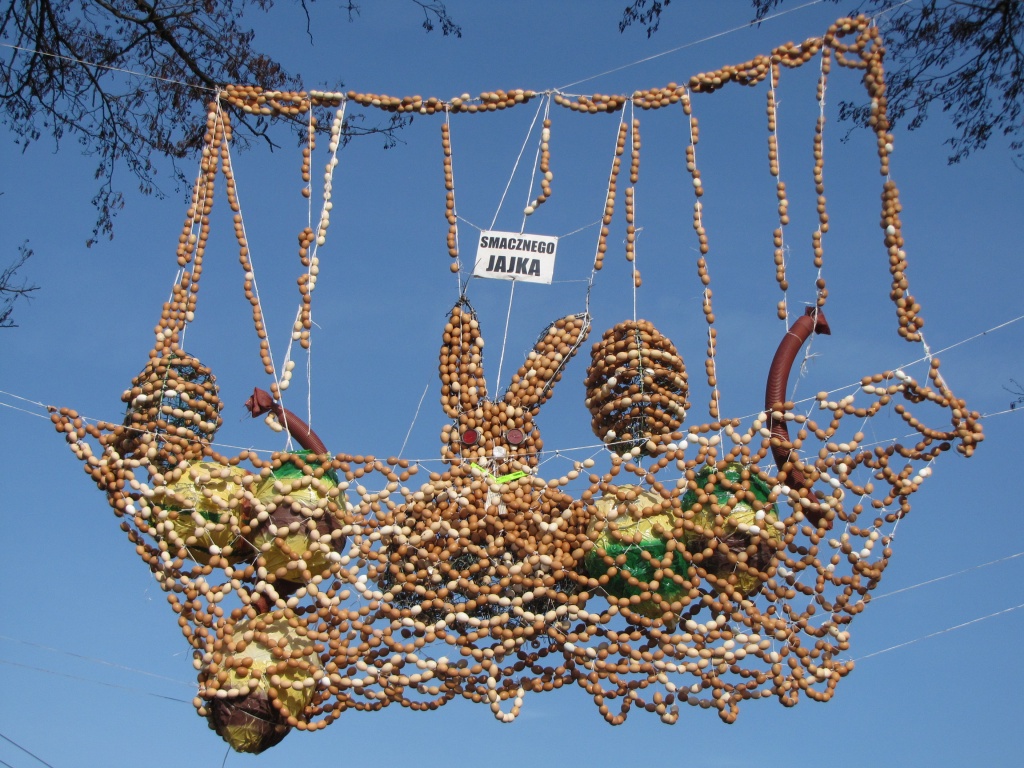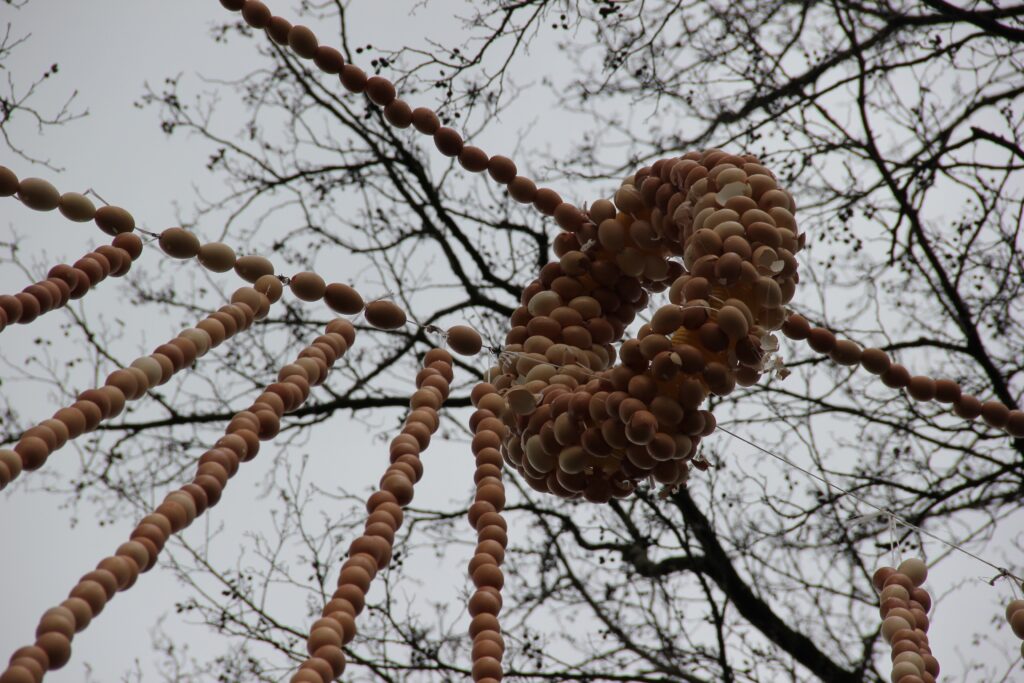We use cookies to help you navigate efficiently and perform certain functions. You will find detailed information about all cookies under each consent category below.
The cookies that are categorized as "Necessary" are stored on your browser as they are essential for enabling the basic functionalities of the site. ...
Necessary cookies are required to enable the basic features of this site, such as providing secure log-in or adjusting your consent preferences. These cookies do not store any personally identifiable data.
Functional cookies help perform certain functionalities like sharing the content of the website on social media platforms, collecting feedback, and other third-party features.
Analytical cookies are used to understand how visitors interact with the website. These cookies help provide information on metrics such as the number of visitors, bounce rate, traffic source, etc.
Performance cookies are used to understand and analyze the key performance indexes of the website which helps in delivering a better user experience for the visitors.
Advertisement cookies are used to provide visitors with customized advertisements based on the pages you visited previously and to analyze the effectiveness of the ad campaigns.
Easter traditions provide a sense of identity, integrate local communities, and pay tribute to diversity and creativity! Easter rituals, traditions, and customs are a rich part of Poland’s heritage. To preserve this legacy, over 57 different practices and skills celebrated during this time have been included on the National List of Intangible Cultural Heritage.
On the occasion of Easter, we wish you much joy in practising intangible cultural heritage and savouring many beautiful and intriguing customs, such as decorating Easter eggs using the batik method, “Śmigus-Dyngus” (Poland’s National Water Fight Day), or “Krzyżoki” in Borki Małe (Olesno municipality, Opolskie Voivodeship), where the unique tradition of building an Easter gate from thousands of eggshells is cherished.
“The gate is created by threading hundreds of blown-out eggshells onto strings, according to a pre-prepared design. In 2018, the composition consisted of 4,700 eggshells. On Holy Saturday evening, the structure is manually carried to Brodackiego Street and hung between two trees over the road in the village centre. Each time, the gate has a different shape and remains until the next year. After hanging the gate, the men head to the fire station, where they share an omelette made from 120 eggs, and then proceed to the church to collect sashes, flags, and a figure of the Resurrected Christ. This is carried by a man who is about to be married that year or soon. At 3:00 am, they set off with songs and prayers to walk around the village fields, ensuring protection and prosperity. After completing the round, they return home briefly before participating in the Easter procession, during which they sing Easter songs performed during the field walk,” reports the extraordinary tradition portal “Obrzędowa Mapa Górnego Śląska”, a result of an ethnographic project by ten researchers from the Regional Institute of Culture in Katowice.



Fot. Narodowy Instytut Dziedzictwa